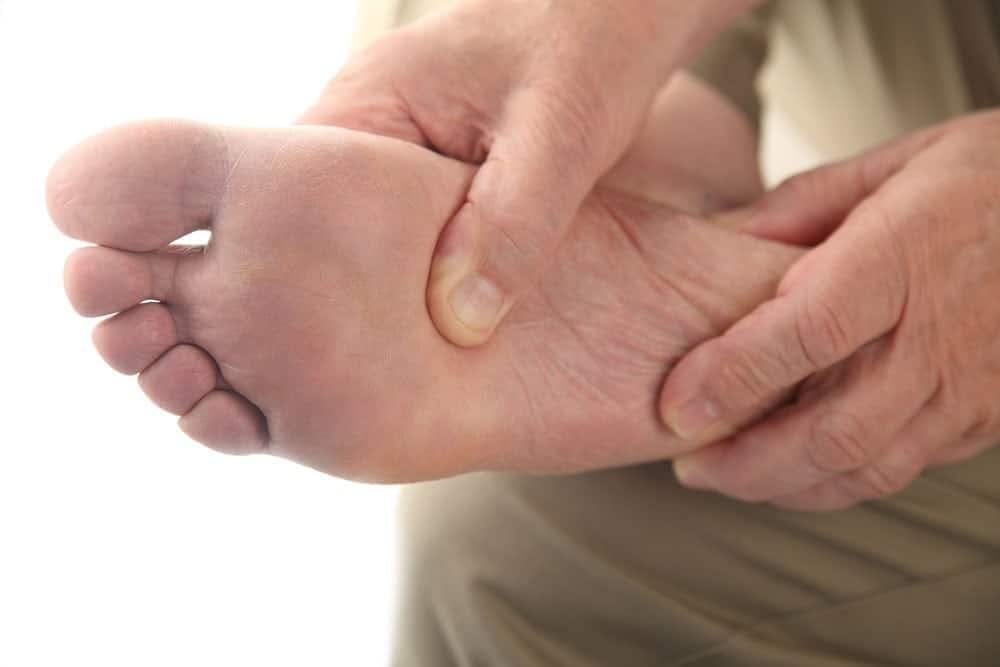- Blog
Can you dislocate your foot?
Posted on 12-23-2025 in Foot/Ankle & Lisfranc Injury by Dr. Erik Nilssen

Posted on 12-23-2025 in Foot/Ankle & Lisfranc Injury by Dr. Erik Nilssen
It is possible to dislocate the bones within the midfoot joint complex (aka Lisfranc joint) of the foot. This joint complex consists of the ligaments and bones that connect the forefoot to the midfoot. Lisfranc injuries include strains and tears to the ligament itself in addition to bone dislocations and fractures.
The Role of the Midfoot
As an individual walks, the midfoot is responsible for transferring the forces that the calf muscles generate to the front of the foot. Furthermore, the midfoot stabilizes the arch of the foot. If the ligaments within the midfoot tear or the bones fracture, the stability of the midfoot is affected. Some injuries affect a single joint; whereas, others disrupt multiple joints.
How Midfoot Injuries Occur
Individuals who play soccer and football commonly sustain Lisfranc injuries. A midfoot injury frequently occurs when an individual stumbles while the top of his or her foot is flexing downwards. Lisfranc injuries sustained in this manner are considered low-energy injuries and are usually mild. A more severe midfoot injury is typically the result of a direct trauma; therefore, Lisfranc injuries sustained due to a direct trauma (e.g., falling from a ladder, foot run over by a vehicle, etc.) are considered high-energy injuries. A high-energy Lisfranc injury may include joint dislocation and multiple fractures.
Symptoms commonly associated with a Lisfranc injury include:
The Importance of a Proper Diagnosis
Frequently, a Lisfranc injury is mistaken for a sprain, especially when the injury results from a twist and fall. However, unlike a simple sprain a Lisfranc joint injury can take months to heal: Furthermore, depending on the severity of the injury, it may require surgical intervention. For this reason, seeking care from an experienced orthopedic surgeon specializing in injuries related to the ankle and foot is crucial.
An Initial Evaluation at North Florida Bone & Joint Specialists in Pensacola, Florida
At the initial evaluation, Dr. Nilssen and his medical staff will request information related to the patient’s medical history, current medications and details as to how his or her injury was sustained. Dr. Nilssen will examine the patient’s ankle and foot. He may also perform several physical tests.
Symptoms and in-office tests that Dr. Nilssen can use to diagnose a Lisfranc injury include:
Common imaging tests:
If an individual sustains a Lisfranc injury, seeking treatment is essential. A severe Lisfranc injury left untreated will lead to arthritis and fallen arches (flat feet).
Sources Include:
https://orthoinfo.aaos.org/topic.cfmtopic=A00162
https://www.iskinstitute.com/kc/feet/midfoot_sprain/midfoot_sprain.html
https://en.wikipedia.org/wiki/Lisfranc_injury
https://radiopaedia.org/articles/lisfranc-injury
https://www.footeducation.com/foot-and-ankle-conditions/lisfranc-injury-fracture-midfoot-sprain/

May is Arthritis Awareness Month, an opportunity to increase public understanding of arthritis and its impact on millions of lives. Established by the Arthritis Foundation, this national observance highlights the importance of early diagnosis, effective treatment, and ongoing research to improve the quality of life for those with arthritis.

With summer in full swing and children taking advantage of more time to participate in sports-related or other outdoor activities, it’s essential to be mindful of injury prevention while encouraging their interest in activities that don’t involve screen time!

May is National Arthritis Awareness Month, and of the more than 100 forms of this painful condition, many can affect the ankle. In fact, almost half of people in their 60s and 70s have arthritis of the foot and/or ankle, but not all of them have symptoms.